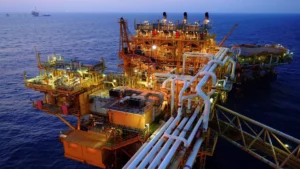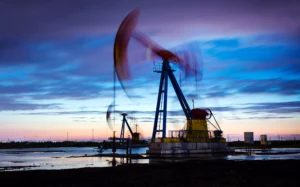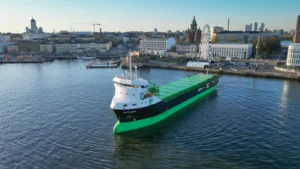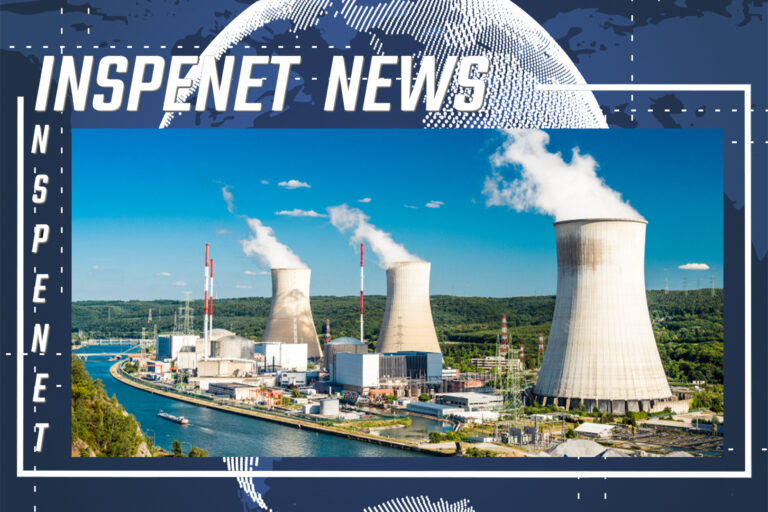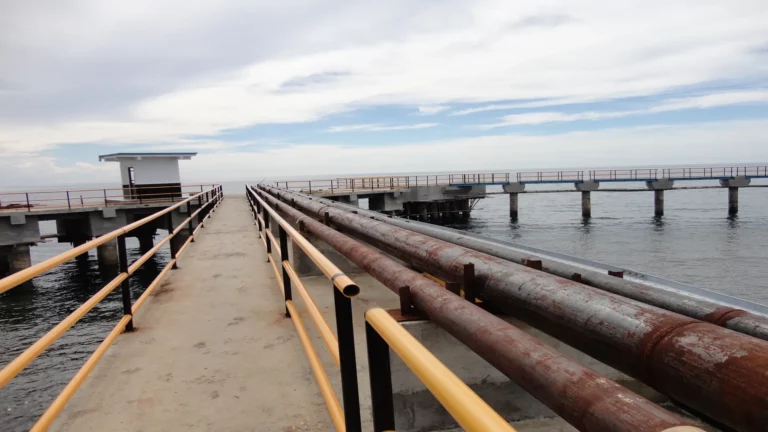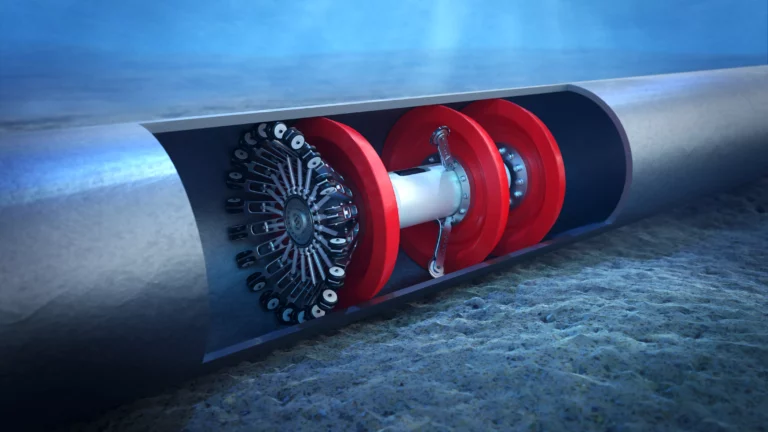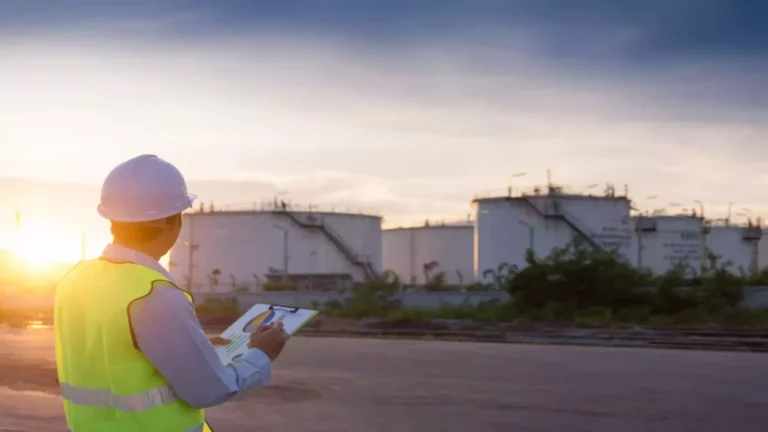Introduction to API 574
The American Petroleum Institute (API) is a pivotal organization in setting standards for the oil and gas industry. Among its range of standards, API 574 emerges as a key document for the inspection of pipeline systems in this sector. Specifically focused on the inspection of fixed pipelines in refining and petrochemical facilities, API 574 provides essential guidelines to ensure safety and operational efficiency.
Developed in response to the need for a coherent and detailed framework for pipeline inspection, API 574 covers various critical aspects, including minimum structural thickness. This parameter is crucial for ensuring the integrity and reliability of pipeline systems, preventing failures with potentially disastrous consequences for both worker safety and the environment.
API 574 ‘s importance lies in its ability to standardize inspection and maintenance practices, offering a common language and clear expectations for engineers and technicians in the industry. By adhering to this standard, organizations not only comply with regulatory requirements but also embrace best practices for maintaining their critical infrastructures.
Overview of minimum structural thickness
Minimum structural thickness is a key concept in pipeline engineering, defined as the minimum thickness a pipeline must maintain to ensure structural integrity and safe functionality. This parameter is vital for preventing pipeline failures, leading to leaks, ruptures, and other hazardous incidents. Minimum thickness considers not just natural wear due to factors like corrosion and erosion, but also internal and external pressures exerted during operation.
Determining and maintaining minimum structural thickness is crucial for its direct impact on the safety and efficiency of industrial operations. Inadequate thickness can lead to catastrophic accidents, with both human and environmental consequences. Ensuring adequate thickness is also key for complying with safety and operational regulations, thus avoiding sanctions and unplanned shutdowns. Hence, regular monitoring and maintenance of pipeline thickness, according to API 574 standards, are essential for risk management and operational continuity in the industry.
Key components of API 574 related to thickness
API 574 plays a fundamental role in defining and maintaining minimum structural thickness in industrial pipeline systems. This standard provides detailed guidelines on how to assess and monitor pipeline thickness to ensure safety and operational efficiency. Its key components include several aspects related to pipeline thickness.
Firstly, API 574 establishes criteria for visual inspection and thickness measurement. This includes guidelines on inspection frequency, recommended techniques for thickness measurement, and interpretation of results. These practices are essential for identifying areas of wear or corrosion that might compromise the pipeline’s integrity.
Additionally, the standard addresses the importance of documenting and tracking each pipeline’s history. This involves recording thickness measurements over time, enabling engineers and technicians to detect deterioration trends and foresee potential failures before they occur.
Another crucial component is defining criteria for determining when a pipeline should be repaired or replaced, based on measured thickness. API 574 provides specific thresholds that help make informed decisions about maintenance or replacement of pipelines, thus ensuring operational continuity and safety.
Finally, the standard includes recommendations on best practices and procedures for repairing pipelines that have reached or exceeded their minimum thickness limit. These guidelines ensure that repairs are done effectively and safely, extending the pipelines’ lifespan and maintaining the system’s overall integrity.
Technological developments in thickness measurement
Technological advancements have revolutionized thickness measurement in pipeline systems, bringing greater precision, efficiency, and safety to this critical process, especially in the oil and gas industry. Traditionally, thickness measurement was performed using manual methods such as calipers or basic ultrasound, which, while effective, had limitations in terms of accessibility and data continuity.
One of the most significant innovations is the implementation of advanced ultrasound technologies. These systems use high-frequency waves to obtain detailed measurements of pipeline wall thickness, even in hard-to-access areas. Moreover, phased array ultrasound technology allows for faster and more accurate inspections, covering larger areas in less time.
Another major development is the introduction of smart sensors and real-time monitoring systems. These devices can be permanently installed in critical areas, providing continuous data on the state of the pipelines. This facilitates early detection of problems, allowing proactive interventions before failures occur.
The integration of drone and robot technology for inspections has also had a significant impact. These devices can access high-risk or hard-to-reach areas, reducing the need for disassembly and enhancing worker safety.
Finally, the use of advanced software and data analysis has improved the interpretation of measurement results. The ability to analyze large volumes of data allows for the identification of trends and prediction of potential failure points, thereby improving maintenance planning and decision-making.
Case studies or real-world applications
One of the most illustrative cases in applying API 574 standard and the importance of minimum structural thickness is in the oil industry in the Gulf of Mexico. In a specific project, an oil company implemented an intensive inspection program based on API 574 after detecting an unusually high corrosion rate in its subsea pipelines. Using advanced ultrasound technologies and real-time monitoring sensors, they managed to identify and replace critical sections of pipelines, thus avoiding a potential environmental disaster.
Another notable example occurred in a refinery in Texas, where API 574 guidelines were applied to conduct a preventive maintenance program. Through regular inspections and the use of drones for accessing hard-to-reach areas, the refinery was able to anticipate corrosion and erosion issues, scheduling repairs during non-critical plant shutdowns, resulting in significant cost and downtime reduction.
In Europe, a chemical plant in Germany adopted a similar approach, integrating thickness measurement technology with advanced data analysis. This allowed them not only to follow API 574 recommendations but also to optimize their maintenance cycles based on predictive data, thus improving operational efficiency and safety.
These cases demonstrate how the correct application of API 574 and the use of advanced thickness measurement technologies can significantly impact failure prevention, operational safety, and economic efficiency in various industries.
Together, these technological advancements have not only improved the precision in measuring pipeline thickness but also contributed to greater operational efficiency and a significant reduction in risks associated with pipeline system maintenance.
Challenges and limitations
Despite its importance, the implementation of API 574 standard faces several challenges and limitations. One of the main challenges is adapting to emerging technologies. Although new technologies offer significant improvements in pipeline thickness measurement, integrating them into existing systems can be complex and costly. Additionally, there is variability in interpreting and applying API 574 standard, leading to inconsistencies in inspection and maintenance across different facilities.
Another significant challenge is the training and competence of personnel. Ensuring that technicians are adequately trained to use advanced technologies and understand updated regulations is crucial for the effectiveness of inspections. Moreover, resistance to change in established practices can be a significant obstacle.
Finally, budgetary limitations can restrict the frequency and scope of inspections, as well as the adoption of new technologies, potentially risking pipeline integrity and operational safety.
Impact of API 574 on industry practices
The implementation of API 574 has had a significant impact on industry practices, especially in how companies approach pipeline inspection and maintenance. One of the main influences has been the increase in standardization of inspection practices. With clear and detailed guidelines, companies have been able to adopt a more uniform and systematic approach, thus improving safety and operational efficiency.
Moreover, API 574 has fostered greater awareness of the importance of pipeline integrity. Companies are now more focused on proactive prevention, rather than reacting to failures or issues. This has led to increased investment in advanced inspection technologies and personnel training, in turn enhancing early detection of potential problems.
Finally, the standard has driven a culture of continuous maintenance and regular monitoring, moving away from solely reactive repair approaches. This has not only improved the safety and reliability of facilities but also optimized long-term operational costs.
Future developments and trends
Looking forward, significant changes and improvements in the API 574 standard are likely, driven by technological advancements and a deeper understanding of industry challenges. We can expect greater integration of artificial intelligence and machine learning technologies for predictive analytics and pipeline condition diagnostics. Additionally, the growing concern for sustainability and the environment could lead to the inclusion of stricter guidelines related to emissions reduction and energy efficiency in pipeline operations.
Ongoing research in advanced materials and anti-corrosion coatings could also influence future revisions of API 574. These developments promise to extend the lifespan of pipelines and reduce the need for frequent maintenance. Moreover, the increasing trend towards digitalization and automation in the industry might result in updated recommendations for integrating real-time monitoring systems and non-invasive inspection techniques.
Conclusion: Forging the future of industrial safety through API 574
At the intersection of innovation and industrial safety, the API 574 standard, developed by the American Petroleum Institute, emerges as a beacon of guidance and excellence. This document is not just a set of guidelines; it is the foundation upon which the integrity and reliability of critical infrastructures in the oil and gas industry are built. By accurately addressing minimum structural thickness, API 574 not only prevents catastrophes but also safeguards lives and protects the environment. The American Petroleum Institute plays a crucial role in this evolution, reflecting an unwavering commitment to continuous improvement and adaptation to emerging challenges.
The evolution of inspection and maintenance practices, driven by this standard, reflects an unwavering commitment to continuous improvement and adaptation to emerging challenges. Technological advances in thickness measurement, from advanced ultrasound to artificial intelligence, are not merely technical improvements; they are steps towards a future where prevention and efficiency are not aspirations but daily realities.
Looking ahead, API 574 is poised not just as a standard but as a catalyst for change, driving the industry towards horizons of sustainability, safety, and operational excellence. In this context, the standard is not a final destination but a continuous journey of innovation and commitment to excellence, where each improvement, each update, and each new application is a step towards a safer and more efficient future for the oil and gas industry.
References
Own source




